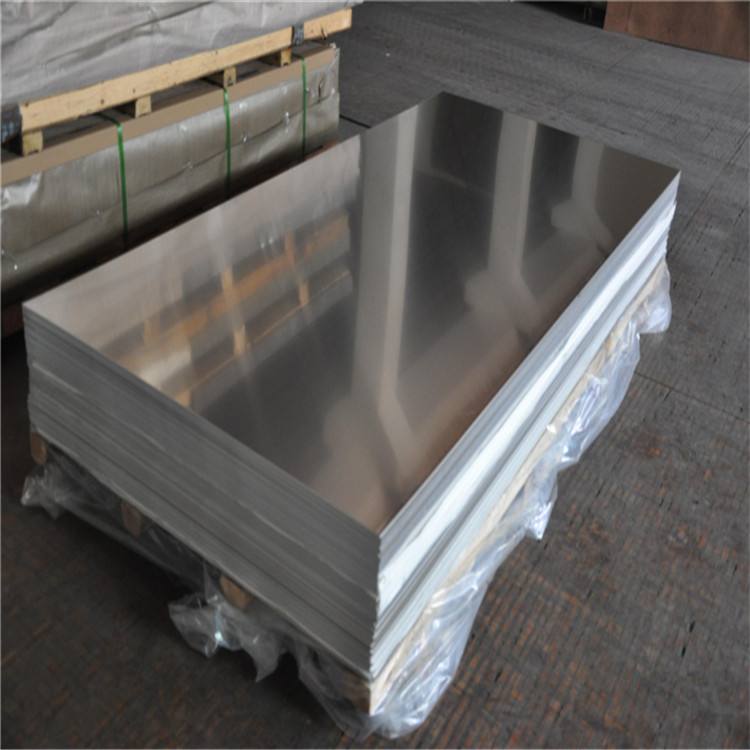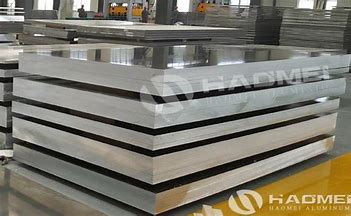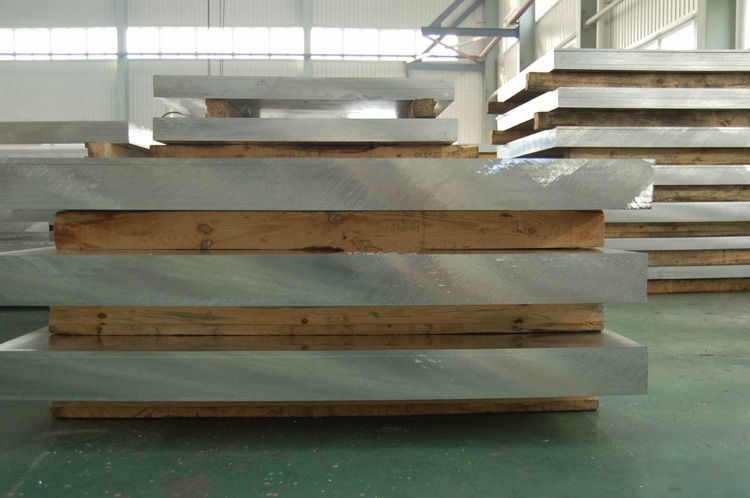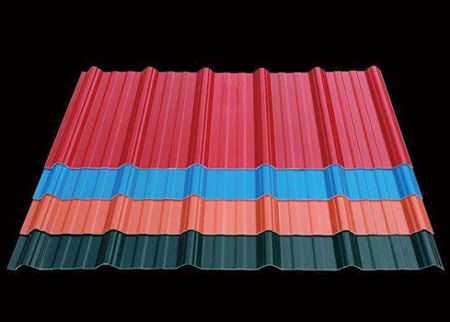



Aluminum alloy components are prone to porosity when welded
Porosity in welded joints is a defect that is highly likely to occur when welding aluminium and aluminium alloys, especially in pure and rust-proof aluminium.
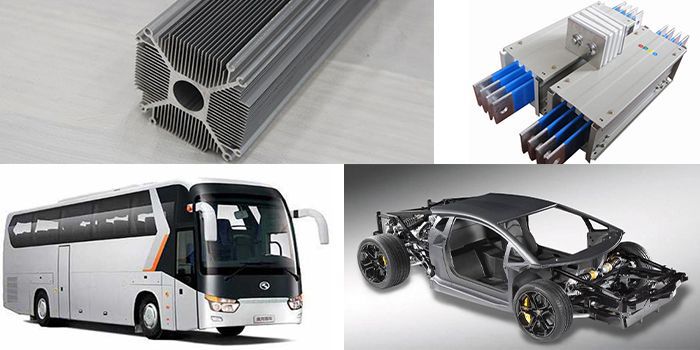
Hydrogen is the main cause of porosity when welding aluminium and aluminium alloys, as has been proven in practice. The source of hydrogen is mainly the moisture in the arc column atmosphere, the welding material and the moisture adsorbed by the base material, of which the adsorbed moisture in the oxide film on the surface of the welding wire and base material often occupies a prominent position in the production of weld porosity. The liquid pool of aluminium and aluminium alloys can easily absorb pores, and the large amount of gas dissolved at high temperatures, when solidified by the liquid state, the solubility drops sharply, and the gas does not precipitate out in time during the cooling and solidification process after welding, and gathers in the weld to form pores.
In order to prevent the generation of porosity, in order to obtain a good welded joint, the source of hydrogen gas should be strictly controlled, before welding must be strictly limited to the use of welding materials (including wire, welding rod, flux, shielding gas) of water content, before use to strictly dry treatment, clean up the base material and wire is best within 2 to 3 hours of welding, up to 24 hours. tig welding, the choice of large For MIG welding, choose a large welding current and a slow welding speed to increase the time of the molten pool.
This is an introduction to the conditions and solutions for the easy formation of porosity when welding aluminium alloy components.
* Thank you for your inquiry. Please provide your business needs information so that we can better serve you.
This information can help us assign the most suitable person to solve your problem. We will give you feedback within 1-2 working days.
Related Blog
